Mobile:+86-311-808-126-83
Email:info@ydcastings.com
English
Precision Stainless Steel Casting | Corrosion-Resistant Metal Parts
Introduction to High-Performance Metal Castings
In the demanding landscape of modern industrial applications, the selection of robust and reliable components is paramount. Among the various manufacturing processes for intricate metal parts, stainless steel casting stands out for its exceptional material properties and versatility. This specialized process enables the production of components with superior corrosion resistance, high mechanical strength, and excellent thermal stability, crucial for critical environments. From petrochemical facilities to precision machinery, the reliability offered by these components ensures long-term operational integrity and reduced maintenance costs. Our focus here is to delve into the intricacies of this advanced manufacturing technique, exploring its advantages, applications, and the technical expertise required to deliver high-quality solutions. We also touch upon related processes such as aluminum die casting and green sand metal casting to provide a comprehensive view of industrial metal forming capabilities.
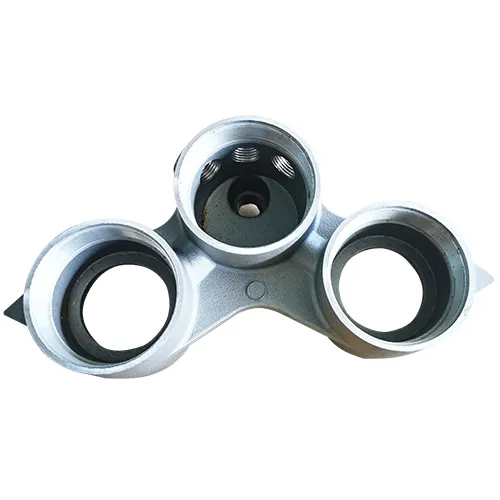
The Detailed Process Flow of Stainless Steel Casting
The production of high-integrity stainless steel casting involves a meticulously controlled multi-stage process, ensuring precision, metallurgical integrity, and surface finish. This often begins with investment casting, known for its ability to produce complex geometries with tight tolerances.
Key Stages:
- Wax Pattern Creation: An exact replica of the final part is made from wax, typically by injecting wax into a master die. Multiple patterns are often assembled onto a central wax sprue, forming a "tree."
- Shell Building (Refractory Coating): The wax tree is repeatedly dipped into a ceramic slurry and then covered with fine sand. This process is repeated multiple times, allowing each layer to dry, building up a robust ceramic shell around the wax pattern. This shell will eventually form the mold for the molten metal.
- Dewaxing: The ceramic shell is heated in an autoclave, melting and removing the wax, which is often recovered for reuse. This leaves a hollow ceramic mold, ready for casting.
- Preheating and Pouring: The ceramic mold is preheated to high temperatures (typically 800-1100°C) to prevent thermal shock when the molten metal is introduced and to improve flow. Molten stainless steel, often specific grades like 304, 316, or 17-4 PH, is then poured into the preheated mold cavity. The material selection is critical, with 316 stainless steel offering superior corrosion resistance for marine or chemical applications, while 17-4 PH provides exceptional strength.
- Solidification and Cooling: The molten metal cools and solidifies within the ceramic mold, taking the shape of the desired part. Controlled cooling rates are essential to achieve desired metallurgical structures.
- Shakeout and Part Removal: Once cooled, the ceramic shell is mechanically broken or vibrated away from the solidified metal castings. This process is often called shakeout.
- Finishing Operations: The individual cast parts are cut from the central sprue. Further processing includes grinding, deburring, and shot blasting to achieve the required surface finish and remove any residual ceramic material. For demanding applications, additional processes like CNC machining may be employed to achieve extremely tight tolerances or specific features.
- Testing and Quality Assurance: Every component undergoes rigorous testing. This includes visual inspection, dimensional checks, NDT (Non-Destructive Testing) such as X-ray, ultrasonic, and magnetic particle inspection to detect internal flaws. Material composition is verified using spectroscopy. Mechanical properties (tensile strength, yield strength, hardness) are tested to ensure compliance with standards like ISO 9001, ASTM, and ANSI. Service life is significantly enhanced through these quality controls, ensuring components perform reliably for decades in target industries such as petrochemical, metallurgy, and water supply & drainage.
The entire process is designed to leverage the advantages of advanced casting techniques, delivering energy-saving components that excel in corrosion resistance and high-temperature performance, a notable advantage over other methods like conventional forging for complex shapes.
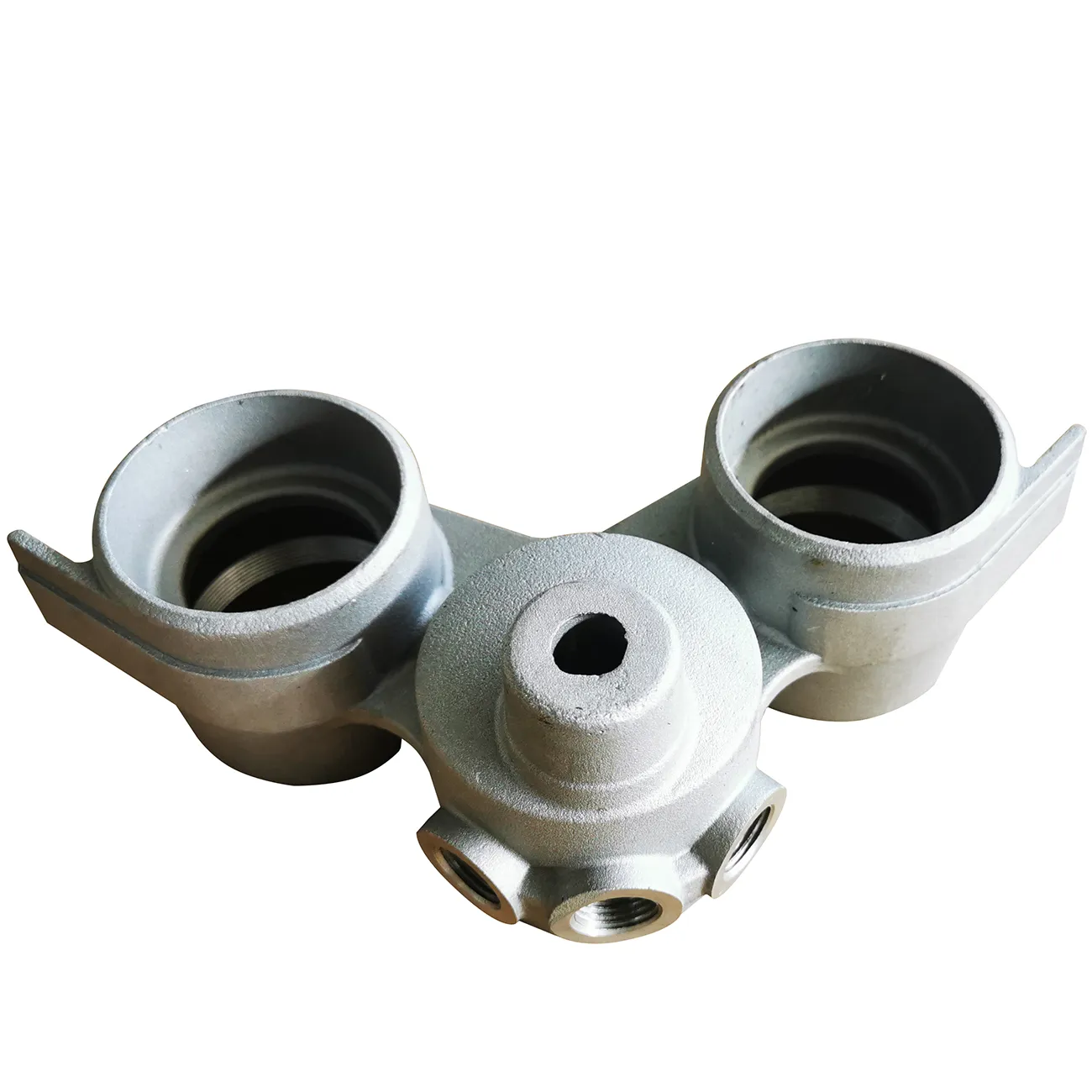
Industry Trends and Market Dynamics
The market for stainless steel casting is experiencing robust growth, driven by increasing demand from industries requiring high-performance, durable, and corrosion-resistant components. Key trends include:
- Miniaturization and Complexity: A growing need for smaller, lighter, and more complex components, which investment casting is uniquely suited to produce.
- Sustainability Focus: Increased emphasis on energy-efficient production processes and the use of recyclable materials, where stainless steel excels.
- Advanced Material Alloys: Development and adoption of specialized stainless steel alloys, such as duplex and super-duplex stainless steels, for even greater resistance to harsh environments and higher strength.
- Automation and Digitalization: Integration of advanced robotics, AI, and simulation tools in the casting process to enhance precision, reduce waste, and improve lead times.
- Global Supply Chain Diversification: Companies are seeking more resilient and diversified supply chains, valuing manufacturers who can demonstrate consistent quality and reliable delivery.
While aluminum die casting remains prominent for lightweight, high-volume parts, and green sand metal casting is a cost-effective choice for larger, less intricate components, the precision and material properties offered by this advanced method secure its indispensable role in critical applications. The market is projected to grow at a CAGR of over 5% from 2023 to 2030, driven by sectors like aerospace, automotive, oil & gas, and medical devices.
Technical Specifications and Material Parameters
The performance of a stainless steel casting is intrinsically linked to the chosen alloy and its mechanical and chemical properties. Below is a table outlining common stainless steel grades used in casting and their typical specifications, crucial for engineers and procurement specialists.
| Stainless Steel Grade | Key Characteristics | Typical Applications | Tensile Strength (MPa) (Min) | Corrosion Resistance |
|---|---|---|---|---|
| 304 (CF8) | Good strength, excellent corrosion resistance, non-magnetic | Food processing, general industrial, architectural components | 485 | Excellent |
| 316 (CF8M) | Superior corrosion resistance (molybdenum), good high-temperature strength | Marine, chemical processing, petrochemical, pharmaceutical | 485 | Superior (especially against chlorides) |
| 410 (CA15) | Good wear resistance, heat treatable for high hardness, magnetic | Valve components, pump parts, turbine blades, cutlery | 655 | Good (moderate environments) |
| 17-4 PH (CB7Cu-1) | High strength, good corrosion resistance, precipitation-hardened | Aerospace, medical instruments, nuclear applications | 1000 (H900) | Very Good |
These specifications are critical for ensuring that cast components like 'Shell, oil shell' meet the rigorous demands of their operational environments, whether it's resisting specific corrosive media or enduring extreme mechanical stresses. Proper material selection for aluminium metal casting or aluminum casting die components also follows similar rigorous material science principles.
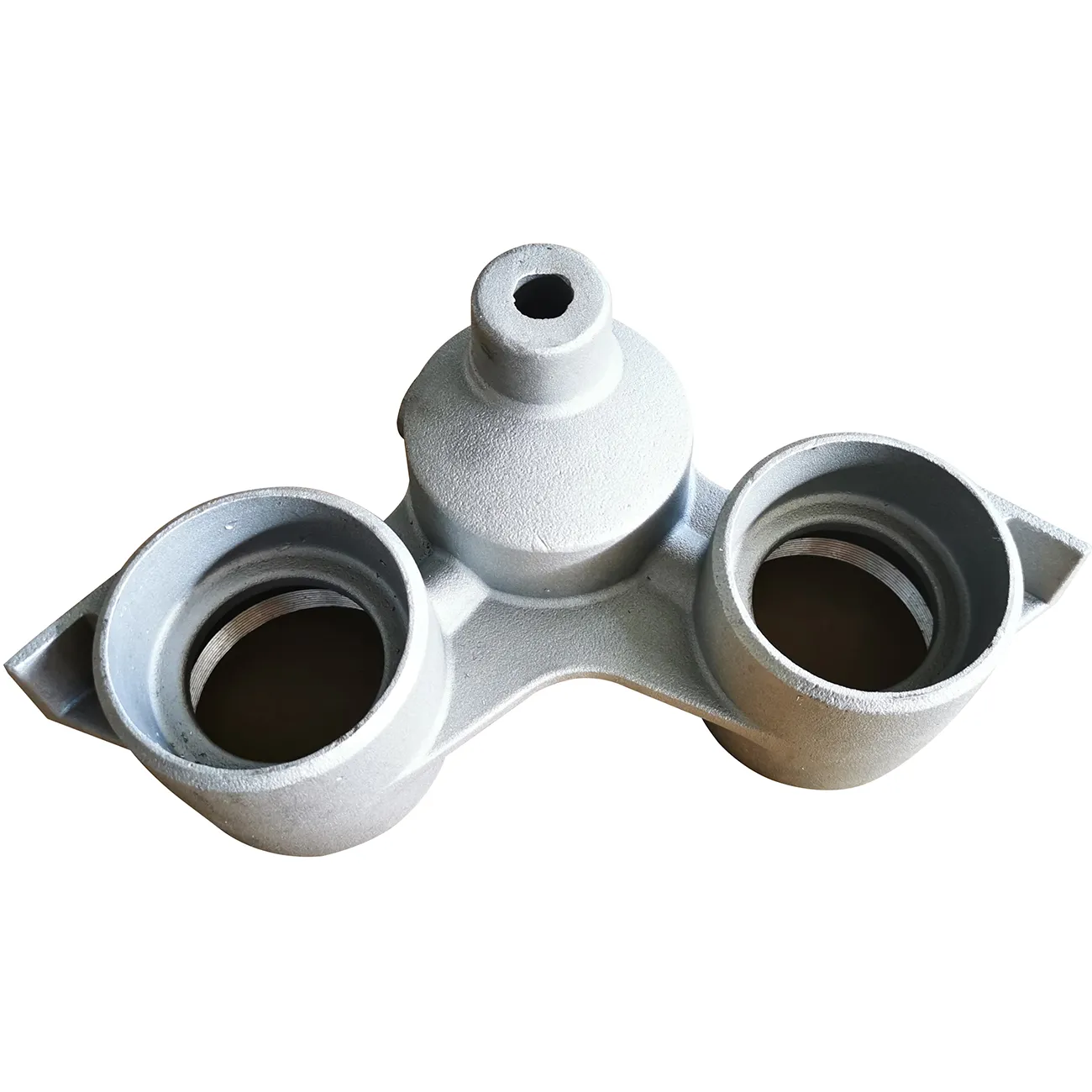
Diverse Application Scenarios
The versatility of high-performance metal castings makes them indispensable across a multitude of industries where performance, longevity, and resistance to harsh conditions are paramount.
- Petrochemical and Oil & Gas: Components like pump housings, valve bodies, flanges, and fittings are routinely cast from stainless steel. Their exceptional resistance to corrosive fluids, high pressures, and extreme temperatures ensures operational safety and extended service life in critical infrastructure. Our 'Shell, oil shell' products are prime examples of engineered solutions for this sector.
- Metallurgy and Heavy Industry: Parts used in smelting furnaces, rolling mills, and material handling systems require materials that can withstand abrasive wear, high heat, and heavy loads. Stainless steel provides robust solutions for these challenging environments.
- Water Supply & Drainage: Components for wastewater treatment plants, potable water systems, and irrigation infrastructure benefit from stainless steel's excellent corrosion resistance against water, chemicals, and microbial growth, ensuring clean and efficient operation.
- Automotive and Aerospace: For demanding applications requiring high strength-to-weight ratios and superior fatigue resistance, specialized stainless steel alloys are cast into engine components, structural parts, and exhaust systems.
- Food Processing and Pharmaceutical: The hygienic properties and ease of sterilization of stainless steel make cast components ideal for equipment in these industries, preventing contamination and ensuring product purity.
In each of these sectors, the ability to customize alloy compositions and part geometries allows for optimized performance, directly translating to energy saving and reduced lifecycle costs.
Technical Advantages of Stainless Steel Casting
Choosing stainless steel casting offers several distinct technical and economic advantages for B2B applications:
- Superior Corrosion Resistance: Stainless steels are inherently resistant to oxidation, rust, and various chemical attacks, making them ideal for aggressive environments. This minimizes downtime and extends component lifespan, especially critical for oil and gas infrastructure where exposure to chlorides and sulfur compounds is common.
- High Strength and Durability: Depending on the alloy, stainless steel castings can achieve significant tensile and yield strength, providing robust components capable of enduring high mechanical stresses and impacts. This often translates to thinner, lighter parts without compromising integrity.
- Temperature Stability: Many stainless steel grades maintain their structural integrity and mechanical properties across a wide range of temperatures, from cryogenic to elevated heat, making them suitable for extreme thermal cycling applications.
- Design Flexibility and Complexity: Investment casting allows for the creation of intricate shapes, internal passages, and fine details that would be difficult or impossible to achieve with other manufacturing methods like forging or fabrication. This enables consolidated part designs, reducing assembly costs and potential points of failure.
- Excellent Surface Finish: Investment castings typically offer a superior as-cast surface finish, reducing the need for extensive post-machining and lowering overall production costs.
- Cost-Effectiveness for Complex Parts: While initial tooling costs can be higher, for complex parts or medium to high production volumes, the near-net-shape capability of stainless steel casting significantly reduces material waste and machining time, leading to overall cost savings.
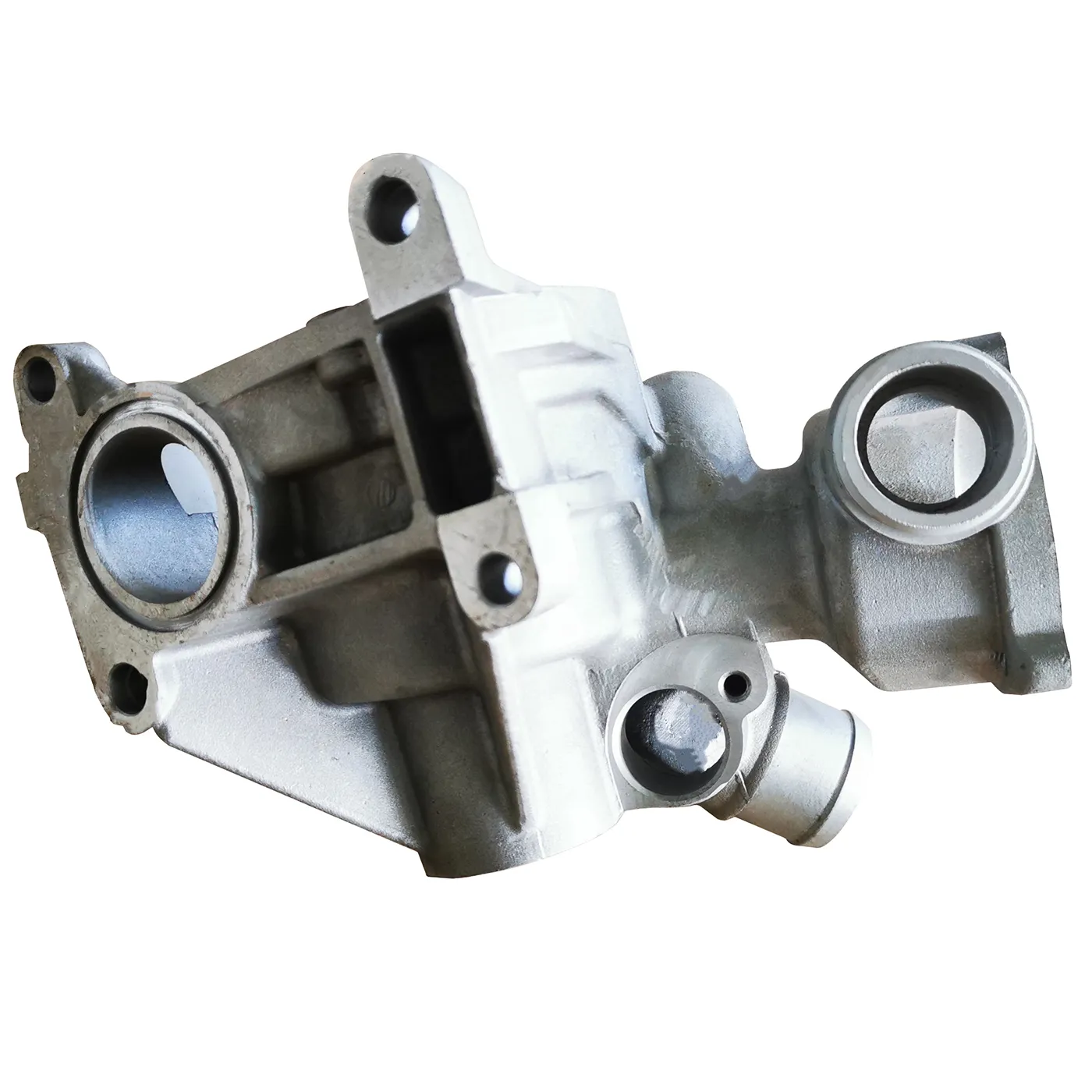
Vendor Comparison for Metal Casting Services
Selecting the right casting vendor is a critical decision, influencing component quality, lead times, and overall project success. A comparison framework helps decision-makers evaluate potential partners for their stainless steel casting and other metal casting needs.
| Evaluation Criteria | Vendor A (e.g., YD Castings) | Vendor B (Competitor) | Vendor C (Specialized Niche) |
|---|---|---|---|
| Certifications (ISO, ASTM, PED) | ISO 9001:2015, ASTM, Material Traceability | ISO 9001:2008, Basic Material Reports | AS9100, NDT Level III Personnel |
| Material Expertise | Stainless Steel (Austenitic, Duplex, PH), Carbon Steel, Alloy Steel | Mainly Carbon Steel, some Stainless | Exotic Alloys (Nickel, Cobalt, Titanium) |
| Part Size & Weight Range | 0.05kg - 50kg, up to 500mm dimensions | 1kg - 100kg, up to 800mm dimensions | Micro-castings to 5kg |
| Post-Casting Services | CNC Machining, Heat Treatment, Surface Finishing, Assembly | Basic Machining, Shot Blasting | Electropolishing, Precision Grinding |
| Typical Lead Time | 4-8 Weeks (Tooling), 3-5 Weeks (Production) | 6-10 Weeks (Tooling), 4-6 Weeks (Production) | 8-12 Weeks (Tooling), 5-7 Weeks (Production) |
| Customer Support & Communication | Dedicated project manager, fast response, global support | Standard support, regional presence | Technical consultants, limited general support |
This table highlights the importance of evaluating a vendor based on specific project requirements, ensuring alignment with technical capabilities, quality standards, and service offerings. Companies like YD Castings, with comprehensive certifications and a wide range of services, often provide superior value for complex B2B needs.
Customized Solutions and Engineering Support
Beyond standard catalog parts, the true value in advanced metal castings often lies in the ability to provide highly customized solutions. Our engineering teams work closely with clients from concept to production, offering comprehensive support for:
- Design Optimization: Collaborative design-for-manufacturability (DFM) analysis to refine geometries, minimize material usage, and enhance casting integrity, reducing overall costs and improving performance.
- Material Selection: Expert guidance in choosing the optimal stainless steel alloy (e.g., 304, 316, Duplex, PH grades) based on specific environmental conditions, mechanical requirements, and budget constraints. This ensures the component performs reliably as a critical element.
- Prototyping and Tooling: Rapid prototyping capabilities and efficient tooling development to validate designs and accelerate time-to-market.
- Advanced Post-Processing: Customized heat treatments (e.g., solution annealing, precipitation hardening) to achieve specific mechanical properties, along with precision CNC machining for critical dimensions and surface finishes.
- Integrated Supply Chain Management: Streamlined logistics and supply chain services to ensure timely delivery and reduce operational complexities for our clients globally.

Application Case Studies and Customer Success
Real-world applications demonstrate the tangible benefits of expertly manufactured stainless steel components.
Case Study 1: High-Pressure Pump Housings for Offshore Platforms
A major oil & gas client faced persistent issues with premature corrosion and fatigue failure in pump housings on their offshore platforms, leading to costly downtime. We partnered with them to redesign the 'Shell, oil shell' component, moving from a fabricated design to a single-piece 316L stainless steel casting. Our solution involved optimizing the internal flow paths to reduce turbulence and leveraging the superior corrosion resistance of 316L against saltwater and crude oil. The result was a 40% increase in service life, a 15% reduction in overall weight due to design optimization, and significantly reduced maintenance intervals, leading to substantial operational savings.
Case Study 2: Precision Valve Components for Chemical Processing
A chemical plant required highly precise and chemical-resistant valve components to handle aggressive acids and bases at elevated temperatures. Using specialized duplex stainless steel alloys for the metal castings, we delivered intricate valve bodies and internal components that met stringent ANSI B16.34 standards. Our investment casting process allowed for near-net-shape production, minimizing post-machining and ensuring tight dimensional tolerances critical for leak-free performance. Customer feedback highlighted the exceptional chemical resistance and the components' ability to maintain integrity under extreme operational conditions, improving plant safety and efficiency.
Trustworthiness and Customer Assurance
Building trust with B2B clients is fundamental. We achieve this through transparent processes, clear commitments, and robust support systems.
Frequently Asked Questions (FAQ)
- Q: What types of stainless steel can you cast?
- A: We specialize in casting various grades including Austenitic (304, 316, 316L), Martensitic (410, 420), Duplex, Super Duplex, and Precipitation Hardening (17-4 PH) stainless steels, selected based on application requirements for stainless steel casting.
- Q: What are your typical lead times for custom castings?
- A: For new tooling and prototypes, lead times typically range from 4-8 weeks. Production orders generally have a lead time of 3-5 weeks, depending on complexity and volume. We offer expedited options for urgent projects.
- Q: Do you offer post-casting services like machining or heat treatment?
- A: Yes, we provide comprehensive secondary operations including precision CNC machining, various heat treatments (e.g., annealing, quenching & tempering), surface finishing (polishing, passivation, electropolishing), and assembly services to deliver ready-to-use components.
- Q: What quality standards do your products meet?
- A: All our metal castings adhere to international quality standards such as ISO 9001:2015. We also comply with material-specific standards like ASTM, ANSI, and PED, offering full material traceability and comprehensive inspection reports (dimensional, NDT, mechanical properties).
Lead Time and Fulfillment
Our streamlined production processes and robust supply chain management ensure efficient fulfillment. We provide detailed project timelines at the outset and maintain transparent communication throughout the manufacturing cycle. For standard orders, expect initial samples within 4-6 weeks and production batches within 3-5 weeks following sample approval. Specific timelines for aluminum die casting or other processes may vary.
Warranty Commitments
We stand by the quality of our products. All components are guaranteed to meet agreed-upon specifications and relevant industry standards. Our warranty covers defects in material and workmanship under normal operating conditions. Detailed warranty terms are provided with each quotation and order, ensuring peace of mind for our clients.
Customer Support and After-Sales Service
Our commitment extends beyond delivery. We offer dedicated customer support, including technical assistance, troubleshooting, and responsive communication channels. Our global service network ensures that support is available when and where you need it, for components like the 'Shell, oil shell' and all our precision metal castings.
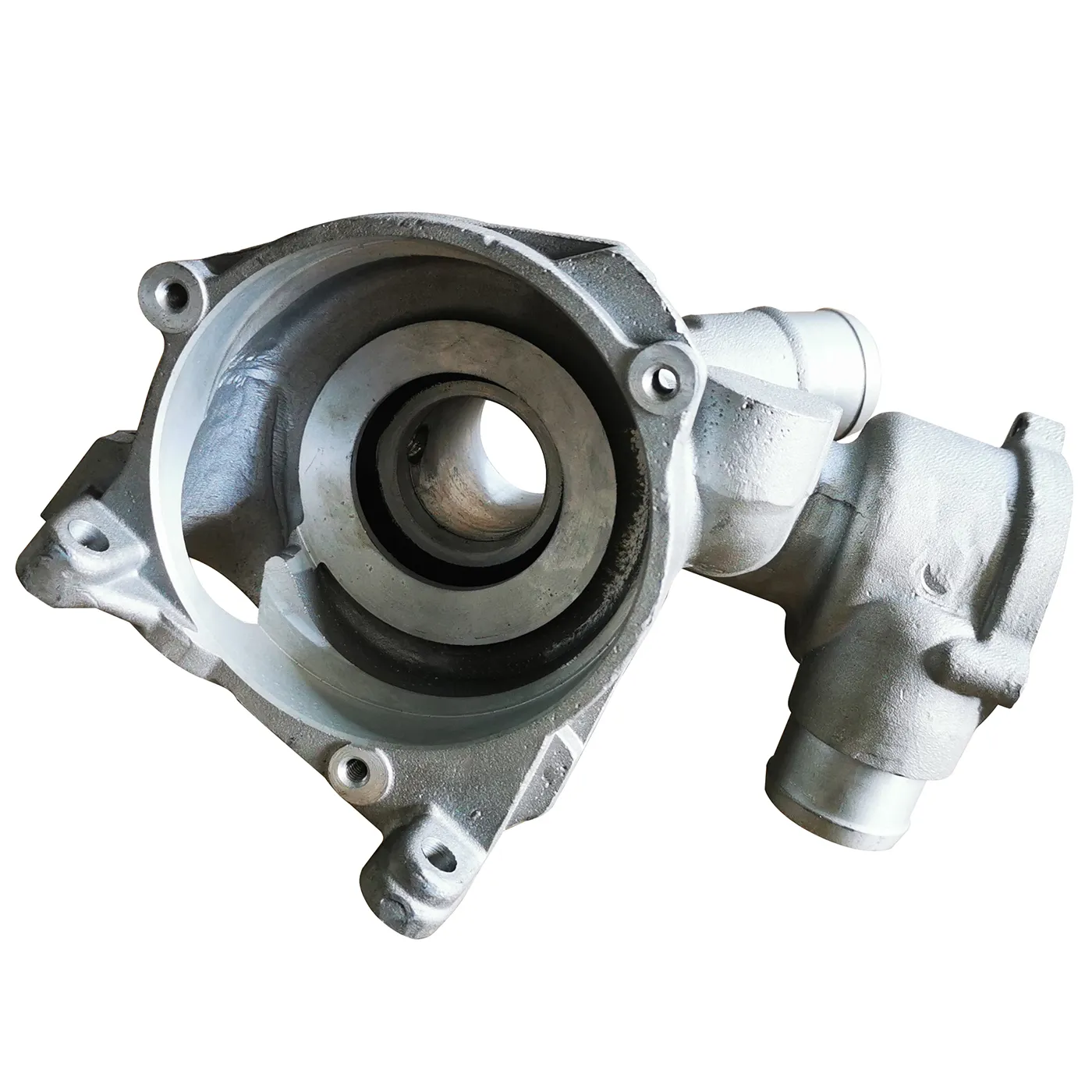
Authoritative References
- ASM International, "ASM Handbook, Vol. 15: Casting."
- American Society for Testing and Materials (ASTM) Standards for Steel Castings.
- International Organization for Standardization (ISO) 9001:2015 Quality Management Systems.
- European Pressure Equipment Directive (PED) 2014/68/EU.
- Journal of Materials Processing Technology.
-
Materials Used in Manufacturing Cap End Pipe FittingsNewsNov.24,2025
-
Material Properties of CF8M CastingNewsNov.24,2025
-
How to Inspect Pump Cap Ends for DamageNewsNov.21,2025
-
Backward Curved Impeller – Efficient Airflow Solutions for Industry | YD CastingsNewsNov.21,2025
-
Automobile Water Pump - Efficient, Quiet, Durable & ElectricNewsNov.21,2025
-
Impeller for Pumps – High-Efficiency, Durable, OEM-ReadyNewsNov.21,2025











